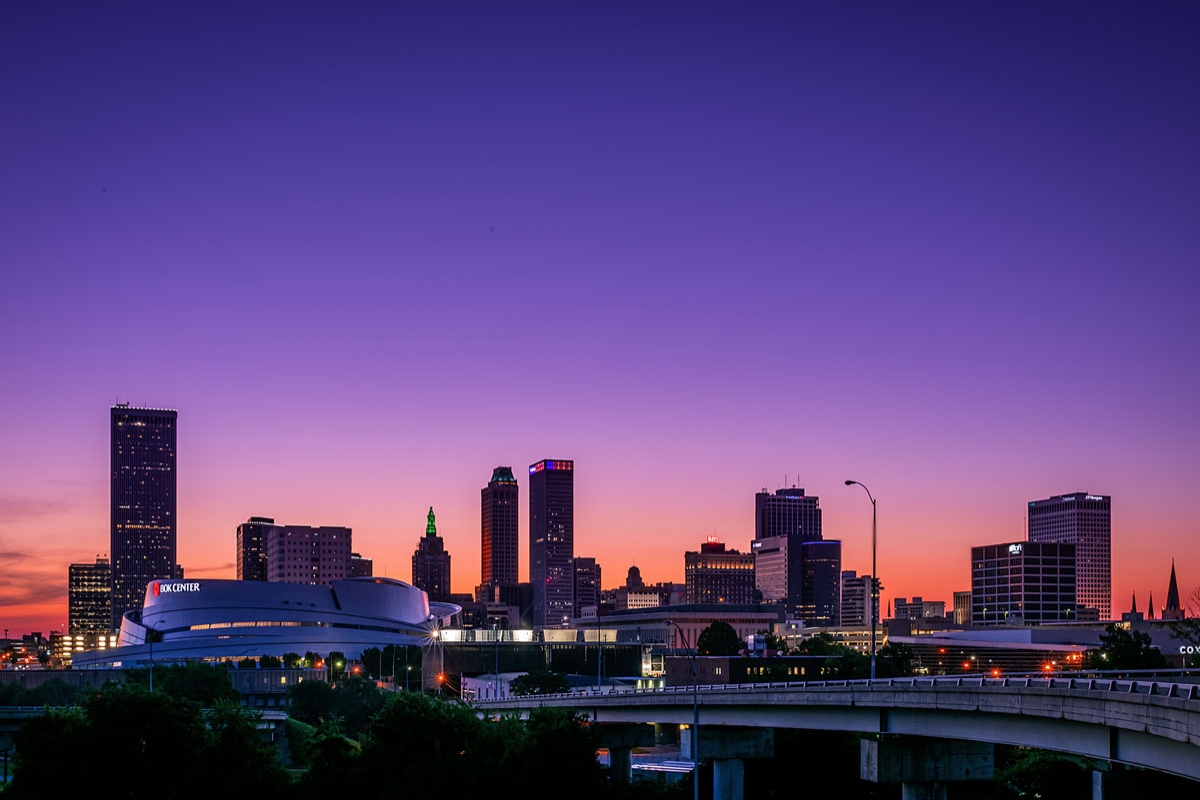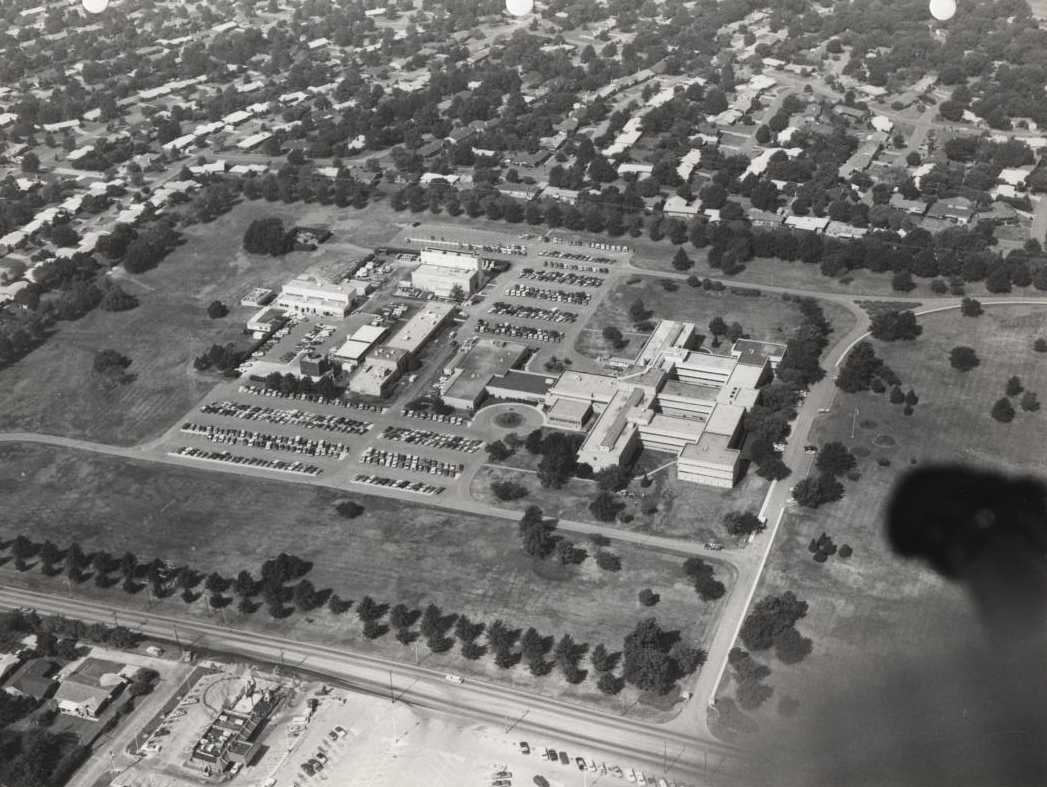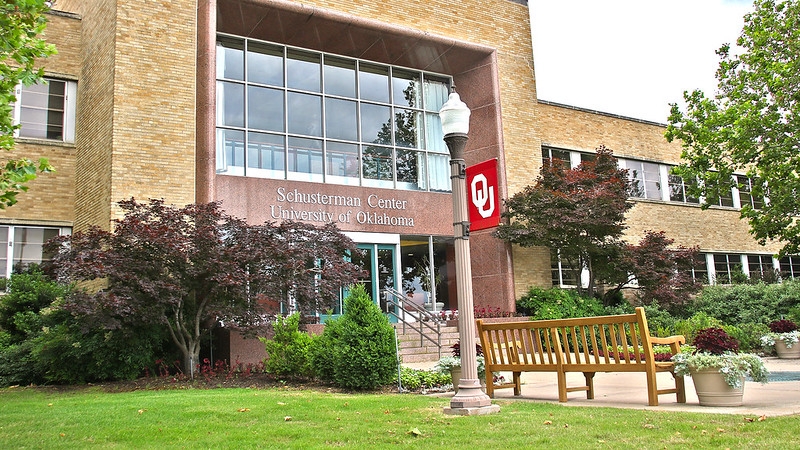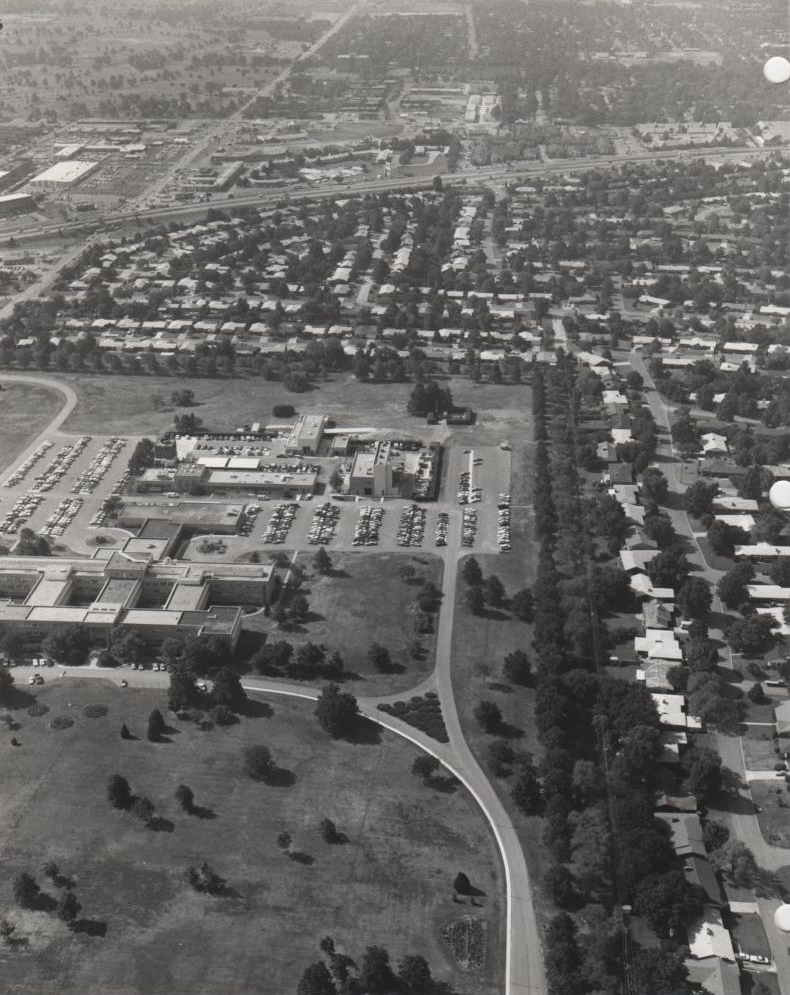

OU-Tulsa has a long history in Tulsa, providing a world class education from the University of Oklahoma to students in Tulsa and the surrounding area for more than 65 years. This presence grew substantially in 1999 thanks to a generous gift from the Charles and Lynn Schusterman Family Foundation, which allowed OU to purchase 60 acres at the corner of 41st Street and Yale Avenue to build a full, traditional campus.
The existing facility at this location, once the research center for BP Amoco Oil Company, now serves as home for all of OU’s academic programs in Tulsa.
Being situated squarely in Tulsa’s geographic center has given OU a much stronger identity, but there’s even more to come. The Schusterman Center serves as the hub of our university and community activity, but we are deeply engaged in our community. In fact, only half of our employees work at the Schusterman Center; the other half are located throughout our community.

The University of Oklahoma has been involved in the Tulsa community since the School of Library and Information Studies began offering classes in Tulsa in 1957. The OU College of Medicine -- Tulsa, now known as the OU-TU School of Community Medicine, had its beginning in 1972, when the Oklahoma legislature approved the opening of a clinical branch of the University of Oklahoma College of Medicine.
Neither the university nor the community could have imagined then how greatly that presence would expand, nor how in a little more than 30 years OU-Tulsa would be recognized nationally as a leading example of a new kind of community-based graduate institution.

Many of our degree programs place heavy emphasis on community engagement -- in fact, some of them were created with community needs in mind. Every year, students in the Organizational Dynamics program invites business leaders to serve as jury members for class case presentations. Students in the Social Work program have a long-standing relationship with the community of Turley and work with community leaders and residents to improve services and accessibility for the community. OU-Tulsa nursing students receive experience working with a variety of community agencies.
OU-Tulsa's community has also grown outside the borders of Oklahoma. We presently have collaborations with Harvard University, Texas A & M University and IBM Corporation.

Another way in which OU-Tulsa works to address community needs is through the Bedlam Alliance for Community Health, which offers two free health clinics for the uninsured. The clinics provide much needed health services to hundreds of patients and also provide medical students direct experience in community medicine and understanding the challenges the uninsured face in accessing health care. Students from pharmacy, nursing and social work are also part of the health care teams at Bedlam Clinics. Other departments are similarly involved in projects and research with community groups and agencies as OU-Tulsa students involve-themselves in real-world, professional experiences.

In addition to the university’s excellence in research and instruction, our programming at OU-Tulsa is thoroughly embedded in the community. Our faculty have collaborated with local industry, governments, community agencies, health care-providers and many other community partners.
You have big plans for your future, and we’d like to be a part of them. That’s why OU-Tulsa has made big plans as well. Enrollment has grown 57 percent since the fall of 2000, with more than 1,600 students enrolled at OU-Tulsa. In the years ahead, we’ll continue our work to create a university experience unlike any other.

When OU's first president David Ross Boyd stepped off the train in Norman, Oklahoma in 1892 he was greeted with a barren expanse of prairie. His only remark at this sight was "What possibilities!"
President Boyd's words are embodied today in the form of the iconic OU seed sower. At the OU-Tulsa, we share Presidet Boyd's same spirit: anything can grow if you have the drive to make it so.
There are two seed sowers on the OU-Tulsa campus: The well know Tulsa landmark standing watch at the corner of 41st and Yale and a slightly smaller version in the Regents Room on the third floor of the Administration Building.